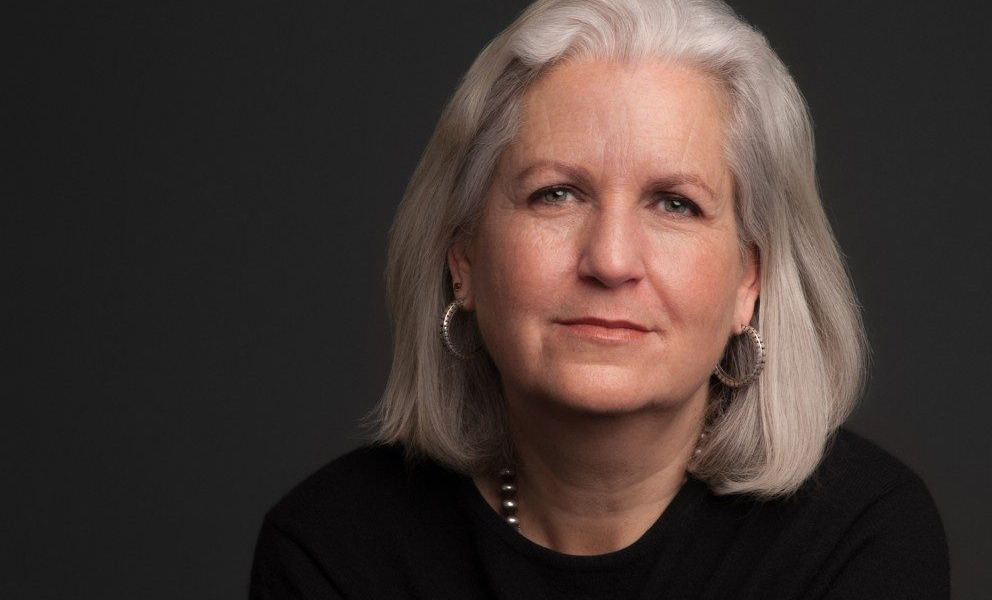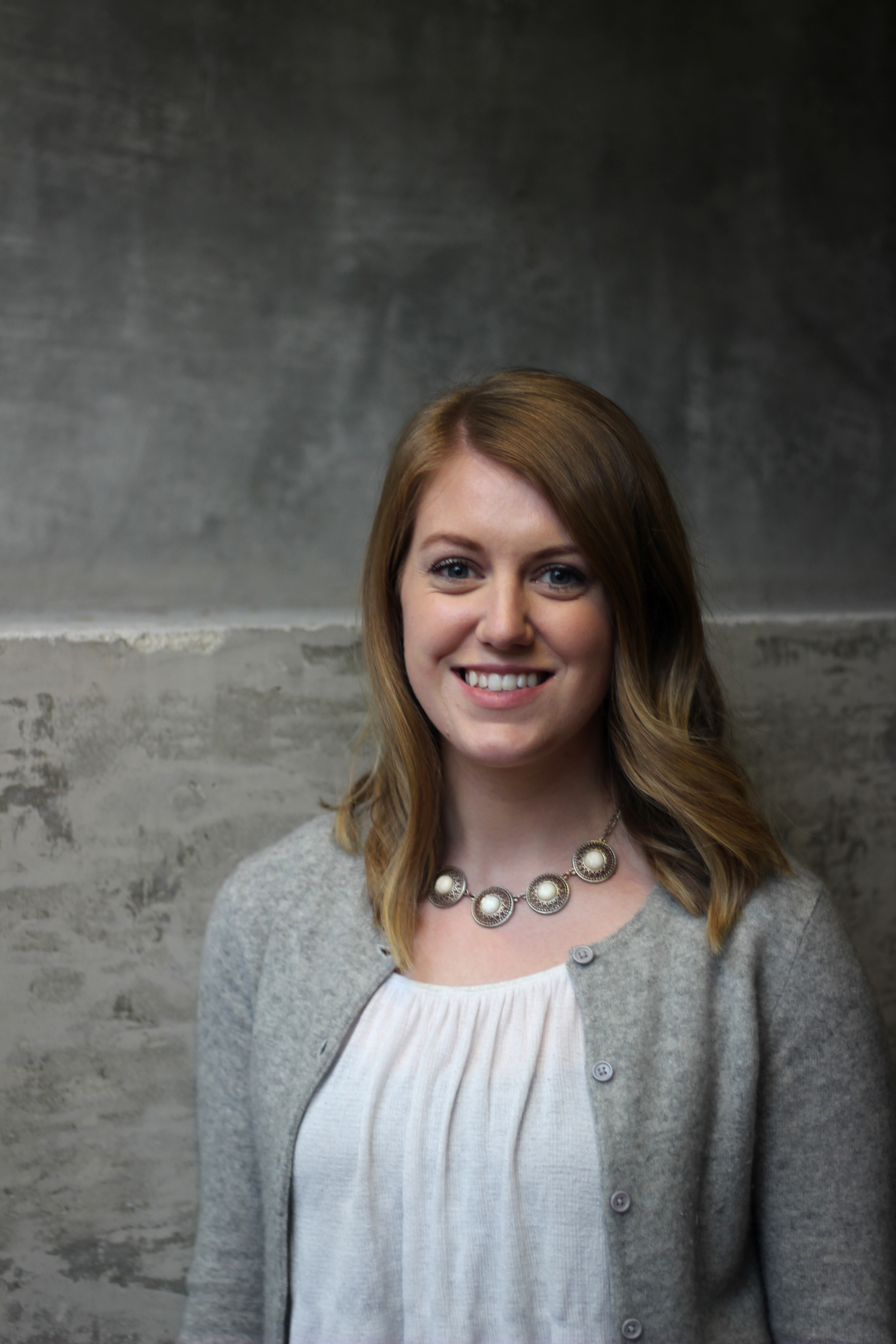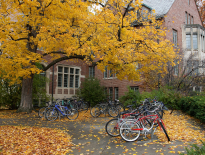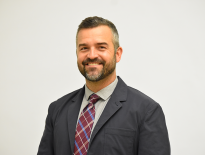Terry Tempest Williams is an author, public lands conservationist and activist, and naturalist. Her most current book is The Hour of Land: A Personal Topography of America’s National Parks, and she has won the Robert Marshall Award, the Distinguished Achievement Award, the Wallace Stegner Award, the David R. Brower Conservation Award, and many more. Terry delivered the Opening Night keynote address at our Living Future unConference this past May in Portland, OR, and I had the opportunity to sit down with her before her keynote and talk with her about her message, our sense of place, and what gives her hope as an environmental steward. While Terry calls Utah home, at the time of our interview, she was living in Cambridge, Massachusetts, as a Writer-In-Residence at the Harvard Divinity School.
Alaina Kowitz: When I think about you, I think of public lands conservation and conservation of wild places. How does that overlap with green buildings? What kind of message are you hoping to give our green building community here tonight?
Terry Tempest Williams: I think you have to be true to who you are, and so for me to talk about green building and urban landscapes wouldn’t be very authentic. I know nothing about them except for I appreciate them. What I think we have in common is the source of our inspiration, which is the earth itself. And so I’m going to be talking about a liturgy of home. We know that these are ecological issues. We know they’re political issues. We know they’re social issues, issues of justice. But I think at the core, they’re spiritual issues.
And if we are talking about sustainability, be it a building or a national park—what sustains us—I think we have to ask the question are we living sustainable lives? Are we taking care of ourselves as we take care of the earth? If we’re all exhausted and type A personalities and running on a treadmill, then it doesn’t matter if we’re on Wall Street or if we’re in Portland, Oregon.
It’s a call to slow down, and pay attention, and not look away from the hard things. So I think I’m talking about internal landscapes as well as external ones.
AK: For people who won’t be able to attend your keynote tonight, what will the top three biggest takeaways be?
TTW: For each of us to find not only our sense of place, but an ethical place. I’m calling that a liturgy of home. To slow down and reflect, and in so doing, act. This isn’t a talk about reflective activism and what that looks like. I think it’s about the very real fact that we are not the only species that lives and breathes on this planet, and how important it is to remember that.
Whether it’s a bison, whether it’s the Mariposa Grove in Yosemite, or whether it’s our own backyards… to be mindful of the fact that the supremacy of our own species is exactly at the expense of others. And I think especially in our urban landscapes—I’m living in a city right now in Cambridge, Massachusetts—it’s very easy to think we’re it, and we’re not.
So that’s one of my main points. And then the other is: we all fall in love with the world. The challenge today is can we continue to fall in love with the world when our hearts are broken? So I think it’s to not be fearful of the grief that we’re experiencing, as so much of the world as we know it is changing.
And I’m particularly aware of that, living in Utah, in the desert right now, which is under siege by oil and gas and fossil fuel companies, even uranium mining, which is being activated even at the expense of this fragile red rock desert, sacred lands to many tribes, Hopi, Navajo, Zuni, and the Ute nations. So this talk is about not only finding beauty in a broken world but creating beauty in the world we find.
AK: You said that right now you’re living in the city. What role do you see cities playing in the environmental movement in the near future?
TTW: In many ways, I think cities are more ecological than suburbs. We live in the desert, and we have a small community. We try to be sustainable, but in many ways, I think a city like New York City or Portland serve more people in a dense way, rather than fewer people in a sprawling way. And in that way, I’m loving where we’re living because we don’t have a car. We walk everywhere. It’s a much more engaged experience than living in a place like Salt Lake City. Here, you can take mass transit. But growing up on the outskirts of Salt Lake, you were driving. You were driving to the University of Utah. You were driving downtown. You were driving everywhere.
Now we’re catching up. But I think it’s imperative that cities follow the blueprint on ethos that is here in a place like Portland or Seattle or even Boston.
AK: That point that you made about it not being very sustainable to live out in less dense areas…it’s a balance between where is your place, one that really speaks to you, and then how do you live in a way that isn’t detrimental to the environment? Living in Seattle, I feel like I run into that a lot.
TTW: I’m in the Harvard Divinity School, and to me, some of the most fascinating projects that are happening at the University are in the Design Department, where people are really talking about what does regeneration look like, and how do we resacralize our cities and forests? I think the really big questions are being asked there.
AK: So how do you find nature and that spirituality of connecting with a place? How do you find that in a city?
TTW: Well, I think for me, it’s always about listening and talking to the people who live there. I lived in New York City for a while, and I absolutely loved those primary moments, where the forsythia would be blooming, it was a blue sky, and suddenly a cardinal would land. And you’d have this yellow, red, blue moment. Or when you see a lunar eclipse between the canyons of skyscrapers. Or you go to a place like Central Park, which we did often, and see the migration of warblers.
I had a friend whose job, sadly, was picking up migratory birds that had slammed into windows on Wall Street. You don’t think about that. And then certainly in Boston, you’ve got the Boston Harbor. You’ve got whales off the coast. And I’m very mindful with these nor’easters that we’ve had, what a phenomenon that is. I’ve never really seen horizontal rain. I’ve never been so aware of trees. Where I come from, the trees are shoulder height, with Pinyon and Juniper. I think every city has its ecosystem, regardless of where you are.
And to be mindful of where the water comes from, or where the waste goes. Again, it’s looking at sources where the power plants are, the infrastructure.
AK: Things that might not be visible as you’re going about your daily life.
TTW: And what makes a livable city? Spaces of light, spaces of quiet.
AK: One of the things we try to accomplish at the conference is to inspire people to continue creating positive change in the world. What is a story that has inspired you, maybe when things are hard, to continue to fight the good fight or continue to create positive change?
TTW: At this moment, what’s inspiring me are the tribes who are really leading the way of sustaining sacred lands in the face of extremely draconian practices of the Trump administration. It appears that Ryan Zinke in the Department of Interior and Scott Pruitt in the EPA care very little about native people and what they are asking for.
I remember talking to Willie Grayeyes after Bears Ears had been gutted as a national monument by Donald Trump on December 4th of 2017. And I said, “Willie, what do I do with my anger?” And he said, “Terry, it can no longer be about anger. It has to be about healing.” And that’s what I see them doing. They are in ceremony. They are telling stories. They are doing spirit runs. They are remembering who they are, and where they come from, and what sustains them. And that’s been a really powerful model for me. I think our tendency—and I’ll speak as a privileged white person—is to fight harder, be more fierce. I’m now seeing a different definition of what ferocity means, a different definition of what fighting means, of really holding your ground with tremendous dignity and courage and a very deep history of enduring grace. So that, to me, is where I am taking my inspiration from.
And ironically, being away from home, I’m getting a sharper sense of what home is and how precious these lands really are in terms of public lands and public commons, and how we really can’t take them for granted.
That’s what I’m thinking about. How do we bring such disparate interests, and people, and populations, and urban and rural and wild together? What is our shared story? And for me, it really is about how do we create just communities that take into consideration both the human and the wild together?
AK: Do you have a vision of what that kind of community would look like?
TTW: I have to say, I think Portland is a really beautiful model, as is Seattle. The Pacific Northwest has been commanding in their leadership of urban spaces and wild spaces and what that looks like, and also in relationship to native people and urban spaces. I think California also has taken the lead.
In the interior West, I think we’ve really taken a lot for granted, but there was so much space that we just kept sprawling. So you have big cities like Denver, or Albuquerque, or Phoenix, or Salt Lake, and I don’t think they’re ecological, especially in the desert. Our use of water is appalling, and the number of golf courses, those kinds of things. So I think we have a lot to learn.
AK: Do you have any advice for people like me who might just be starting out in our careers and working to make a positive difference in the world?
TTW: I think it’s about finding your passion. And really, I’m very aware of what gives me energy, and I’m very aware of what takes my energy. When you find what you’re passionate about, then there’s endless energy and serendipitous moments, and doors just keep opening. I’m very aware when I’m not on my path—it’s obstacle after obstacle after obstacle. So by paying attention to our bodies, paying attention to our energy level, paying attention to our own sense of purpose, you can really find out what you care about.
And we need you. I’ve always been aware that conservation in all its manifestations is a generational stance. It’s never about winning. It’s always about showing up, and speaking truth to power, and not being afraid, not looking away, but to really stay with the troubles. And I know the people who did that for me, and hopefully you will carry that on. And that to me is how we continue to take care of the earth. And it doesn’t take a lot of people. It just takes committed people.
This interview has been edited for clarity. Thank you for your wisdom, Terry!




